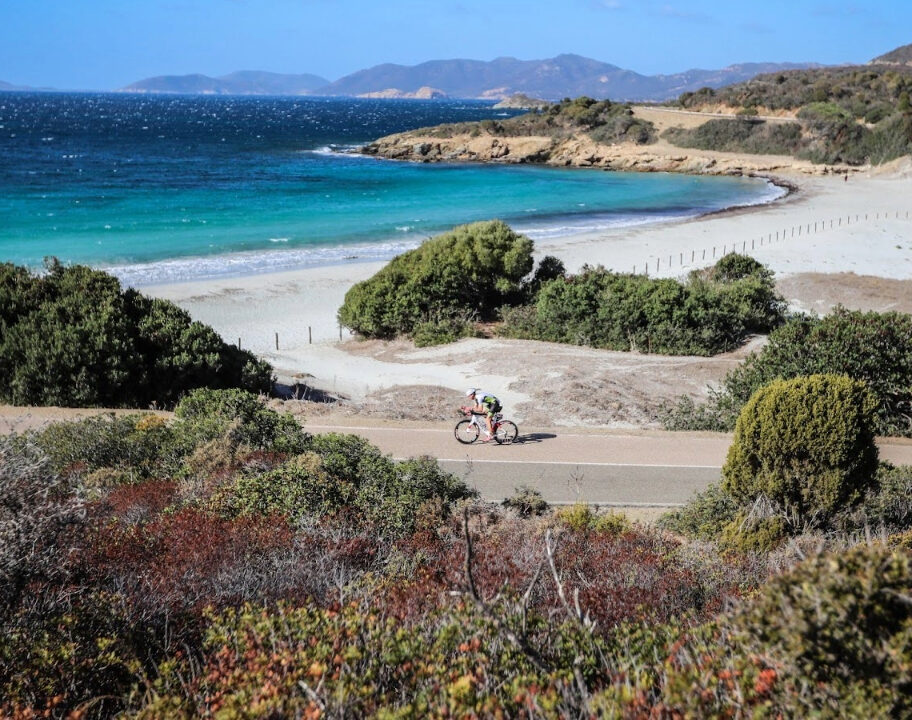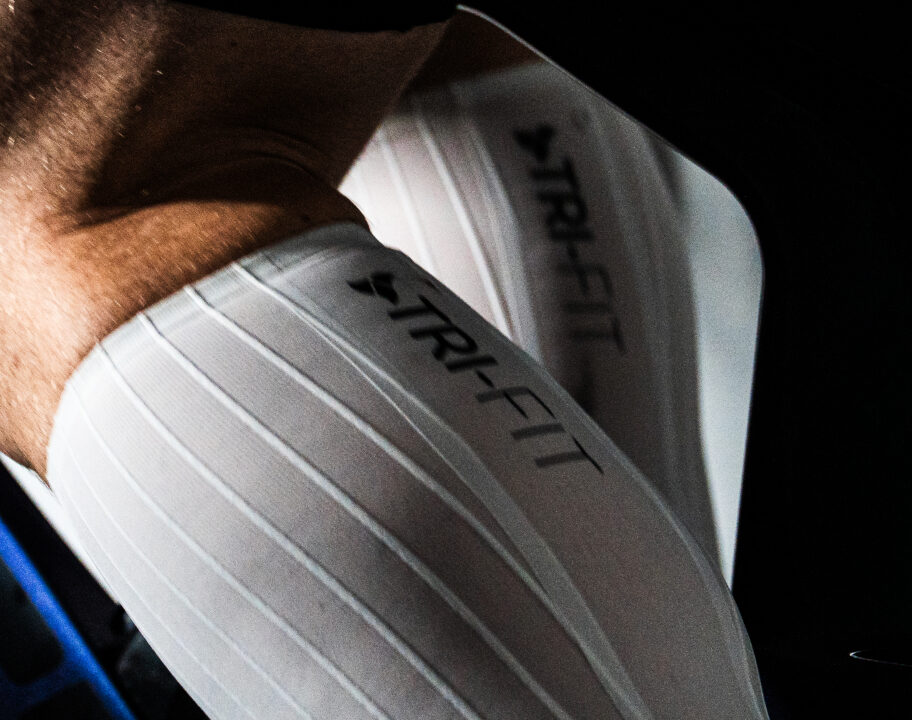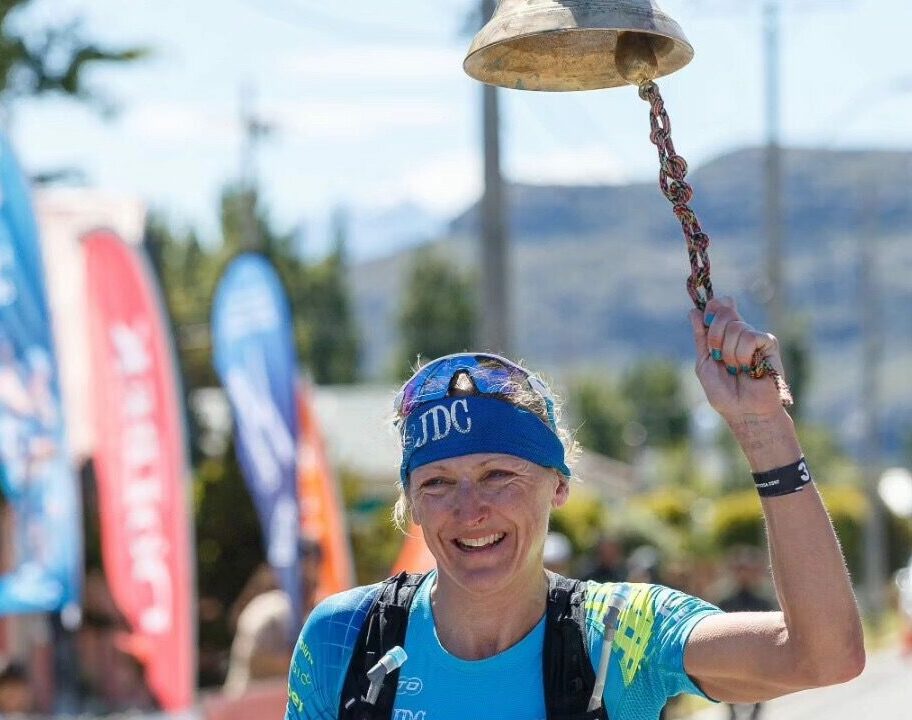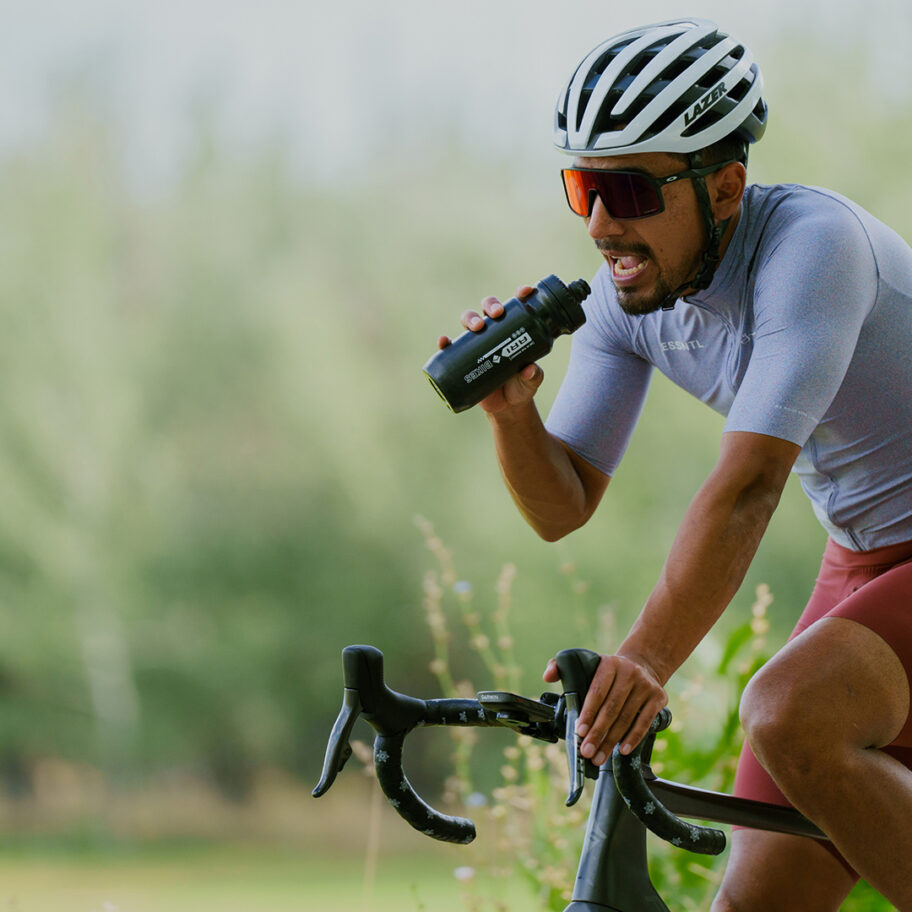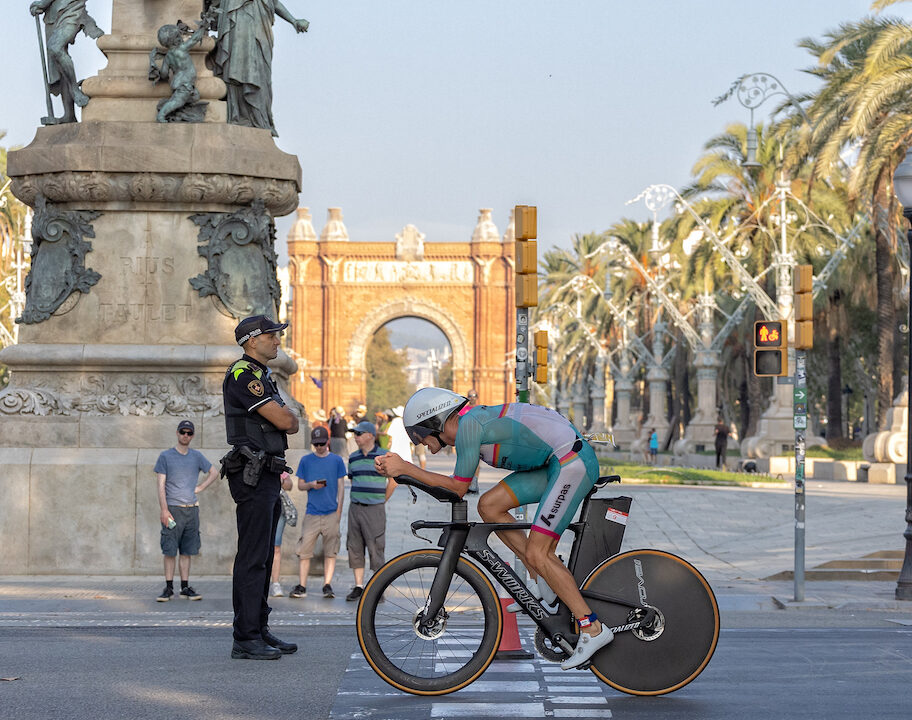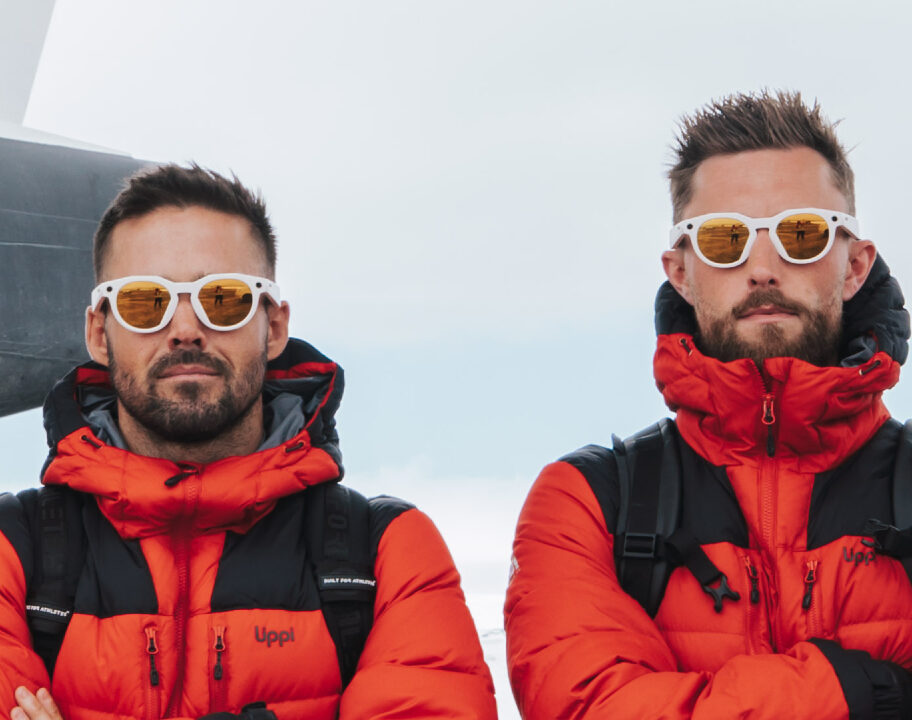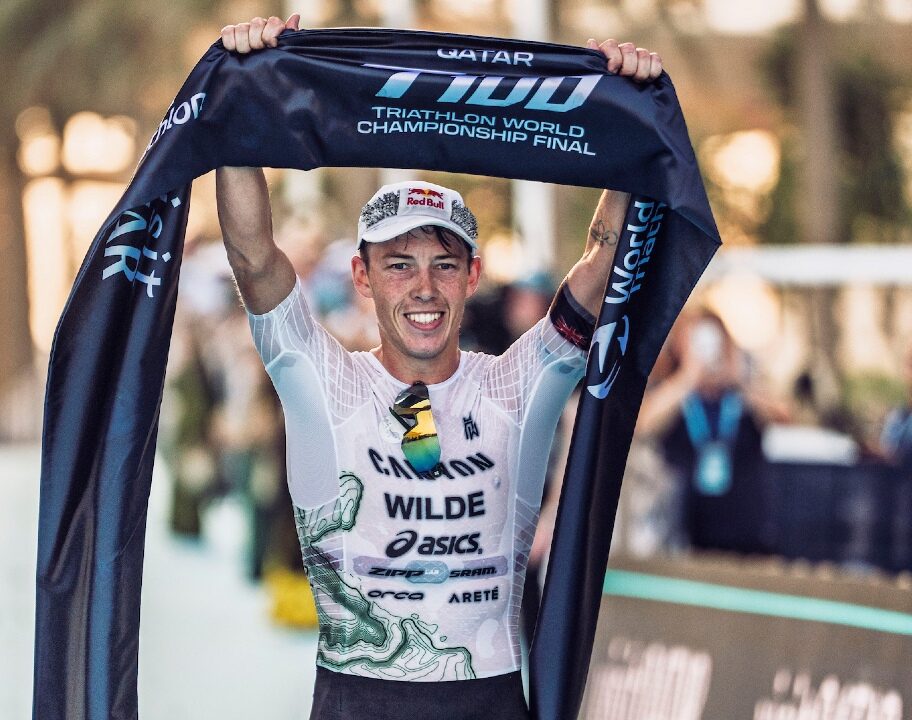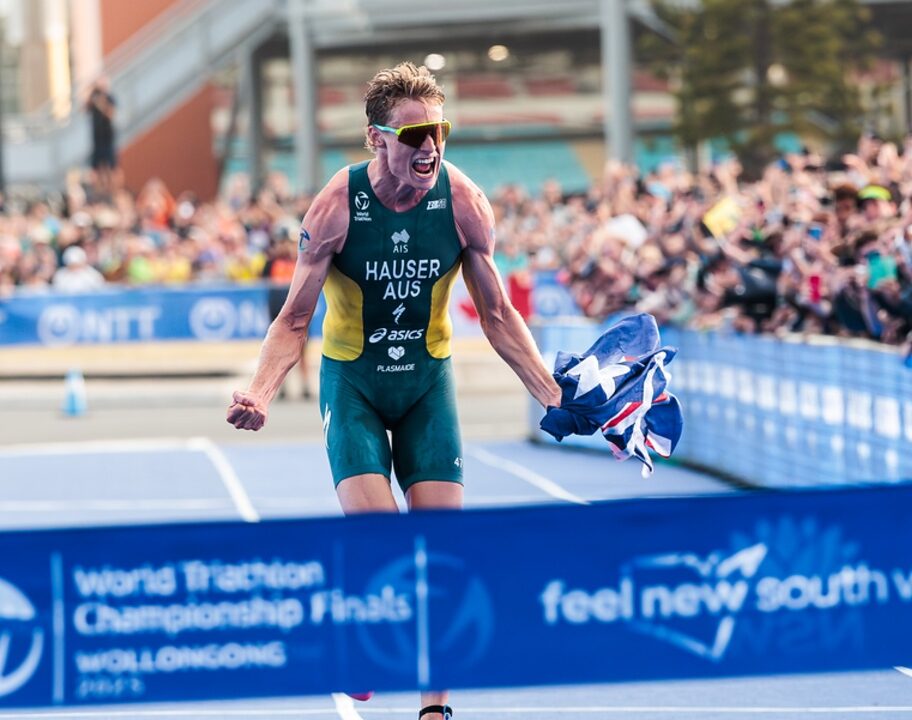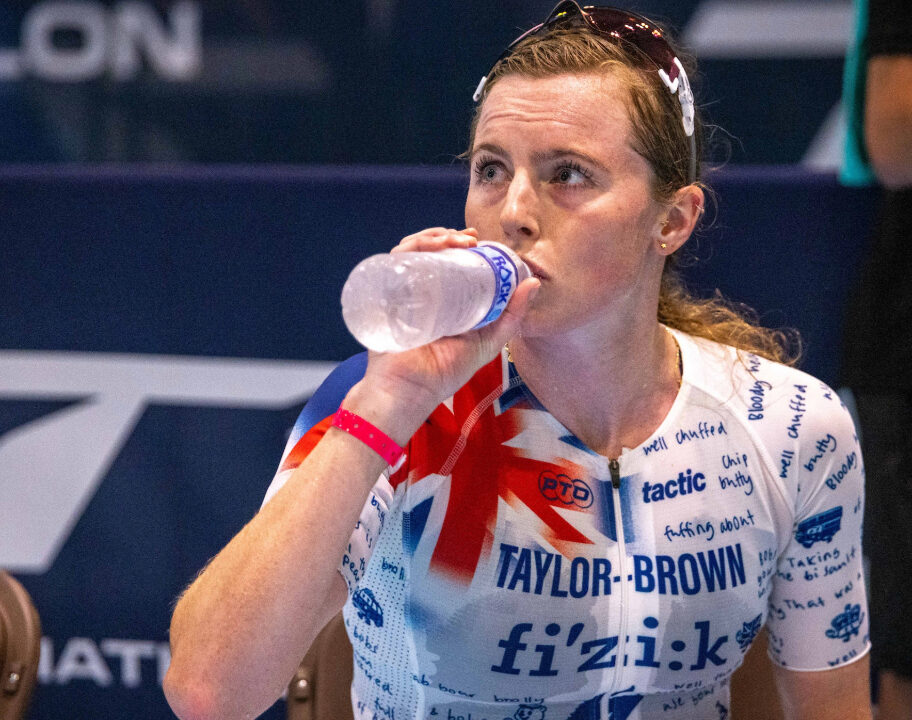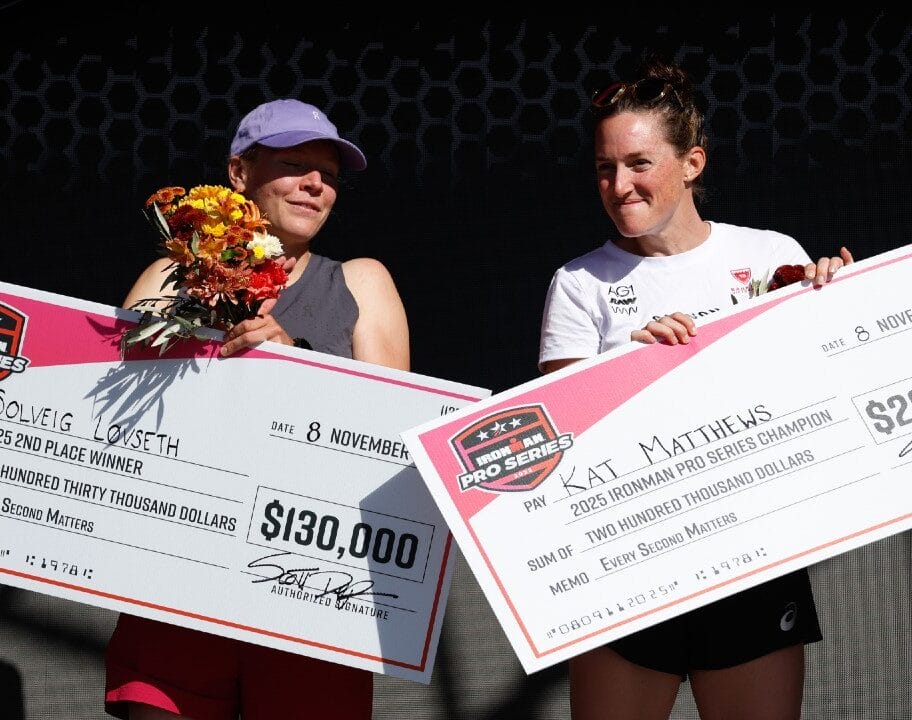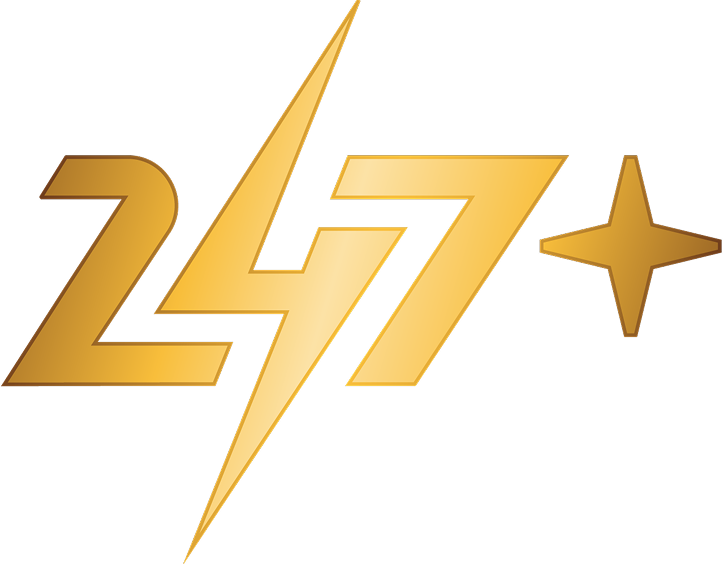So you’ve decided to take on your first triathlon? Congratulations! Welcome to the wonderful world of swim-bike-run – come on in, the water is lovely.
Once you’ve chosen a race and started your training, you might find yourself with all sorts of questions about race day itself. With three sporting disciplines to tick off and all sorts of rules and logistics to think about, getting ready for your first triathlon can feel a little bit overwhelming. To help ease your nerves and get you feeling ready to race, we share the top 10 things you need to know before your first triathlon.
1. Pre-race nerves are normal
Chances are if you’ve hit that ‘enter now’ button on your first triathlon, you’re probably getting a little swell of nerves (hopefully mixed with excitement) every time you think about your upcoming event. And those nerves might start to feel increasingly loud as you get closer to the race. It’s completely normal to feel nervous and anxious the night before a triathlon and on race morning. Even the most experienced triathletes get the pre-race jitters! The key thing is not to let them spoil your experience. Accept and embrace nerves as a positive thing – they demonstrate that A) you care about what you’re doing. And B) you’re pushing yourself out of your comfort zone – which is where the magic happens!
Take a breath and remember that at the heart of it, every triathlon is a supportive environment where the marshals, volunteers and fellow racers just want everyone to have a great race. Don’t be afraid to ask for help and take the pressure off – focus on enjoying the event. Remember that even if your race doesn’t go to plan, being brave enough to enter your first triathlon and doing the training to get yourself to the start line is an achievement in its own right.
2. Getting into transition might feel a bit like going through airport security
Aside from the challenge of doing three sports back to back, it’s often all the logistics of doing a triathlon that leave most first timers feeling a bit intimidated. But a few handy tips will soon have you feeling confident. When you arrive on race morning, don’t be surprised if you have to queue to go and put your bike in transition – there are a few things the marshals need to check to keep everyone safe and secure.
First they’ll check your race number (or give it to you if you’re picking up your race pack on the day). So make sure you’ve got it handy. Getting a race belt so you can wear your number into transition and keep your hands free is a good idea. If the race is chip timed, they’ll also either give you your chip and an ankle strap (wear it on your left ankle). Or they’ll check you have your chip with you.
Next they’ll want to make sure your cycling helmet fits and fastens correctly. You’ll need to be wearing it as you walk into transition. They’ll also give your bike a quick once over to make sure the brakes are working and that your handlebars have bar plugs in them (i.e. there are no exposed sharp bits at the ends). Once that’s all done – it only takes a minute or so – you’ll be able to go on into transition to find your racking spot.
3. Time will feel like it’s on fast forward on race morning
You’ll think you’ve arrived too early for your race and you’ve got hours to kill. Then suddenly it’s T-minus 10 minutes until race start and you’re still standing in line for the portable toilets! Time moves at a lightning pace on race morning, especially at your first triathlon when everything is new and unfamiliar. So give yourself more time than you think you’ll need to get everything ready. By the time you’ve set up your transition zone, been for your 1000th nervous pee of the morning and got yourself into your race kit – it’ll soon be time to toe the start line.
That being said, if it’s likely to be chilly first thing in the morning do make sure you layer up so you don’t get too cold while you’re setting up your transition area. A Dryrobe or one of the many alternatives is a great bit of gear to treat yourself to so you can stay warm before and after racing. Oh and insider tip: always pack a spare roll of toilet paper in your bag, just in case the toilets run out. That stuff can become like liquid gold on race morning!
4. How to set up your transition zone
Speaking of race morning logistics, it’s worth knowing how to set up your transition zone before your first triathlon. Local races will often allow you to keep your cycling helmet, running shoes and any other race gear you’re not using during the swim next to your bike in transition. But bigger races might have dedicated areas where you’ll pace your gear in a bag and retrieve it from a designated hook to get all kitted up before you head to your bike after the swim. Attend the race briefing or read the pre-race information to double check what the deal is at your race. Find out more in our full guide to triathlon transitions.
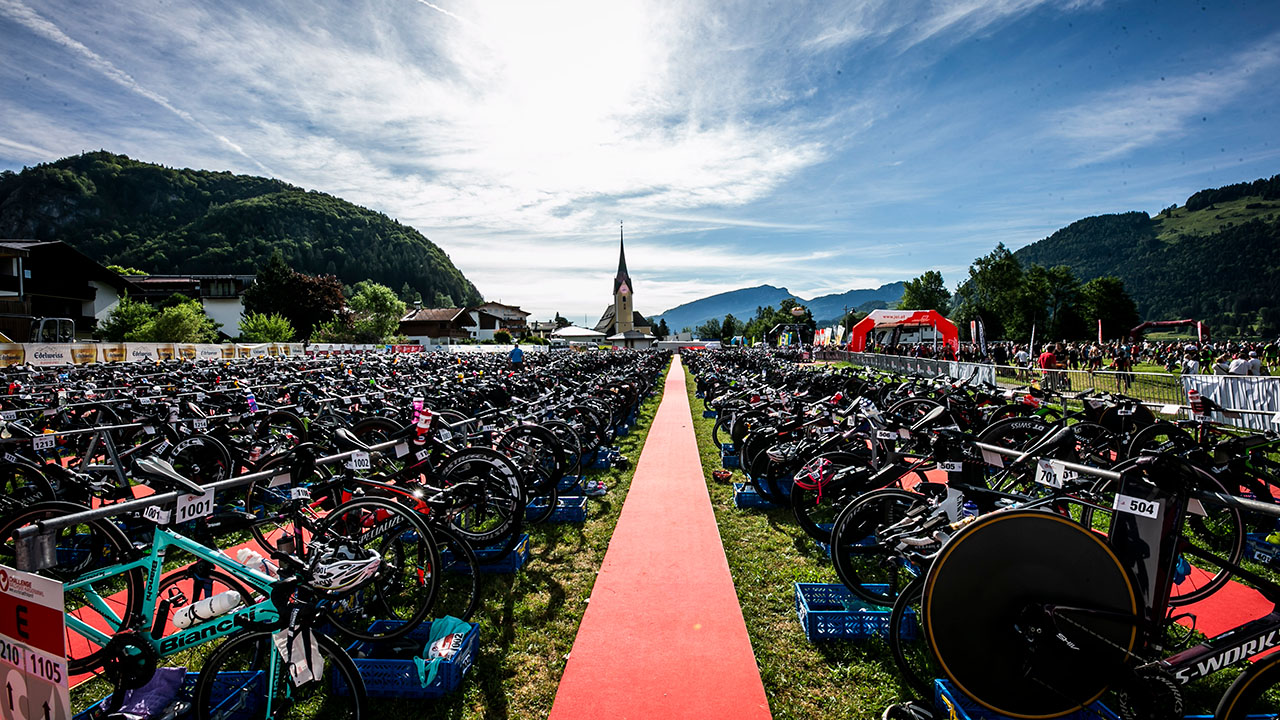
On race morning, the first thing to do is check your bike’s tyre pressure and get any water bottles or race nutrition loaded up onto your bike before you put it on the rack. Next take a few minutes to familiarise yourself with the layout of transition. Which way will you enter from the swim? How many bike racks along do you need to run to get your bike? Once you’ve found your bike, where do you go to get out of transition? Making a note of all these details in advance will help you to avoid getting mixed up in the heat of the race.
5. Check the race details including start time and courses
Before race day, make sure you know what your start time is and how the race will begin. It might be a rolling start, where all of the athletes enter the water in a procession, with the order based on estimated swim time. A wave start where smaller groups of athletes are given a specific start time – meaning the official race start could be 30 minutes or so before you actually start your own race. Or a mass start – where everyone enters the water at the same time.
At some races, you’ve got a bit of a walk from transition to the swim start so make sure you know how long it will take to get down there to avoid a last minute dash to the start line.
After you’ve familiarised yourself with the layout of transition, take a moment to make note of where the bike mount and dismount line is – it’s important to ensure you don’t get on your bike before this line otherwise you could risk getting disqualified.
It’s also worth getting to know the race course, including any hills or tight turns on the bike. At almost all races, the courses will be well-signposted and volunteers will be there to give you instructions at any turns. But it’ll help you to feel better prepared if you know what you’re in for!
6. Know the rules of a triathlon
To keep racing fair and safe for everyone, triathlon has a number of rules you need to comply with. Don’t let that put you off – most race organisers will run through them in the race briefing. But here are a few of the key rules you need to know about before your first triathlon:
- Your bike must have handle bar plugs in place.
- Swim rules: Buoyancy aids are not permitted in the swim. In races where wetsuits are not worn, clothing is not permitted below the knee or the elbows during the swim. This means that if you want to wear calf sleeves, socks, or arm warmers you’ll need to put them on after the swim. There are also rules around whether or not you have to wear a wetsuit depending on the water temperature – if it’s too warm, wetsuits won’t be allowed. And below certain temperatures, wetsuits are mandatory. You can read more in our wetsuit guide for beginners – but rest assured the race organiser will let you know if you can wear a wetsuit or not on race day.
- You have to wear a helmet during the bike. In T1 you must put your helmet on (and fasten it) before you remove your bike from the rack, and in T2 you must have re-racked your bike before you take off your helmet.
- On leaving T1, you must not mount or get on your bike until you have passed the mount line – most often this is a line drawn on the road with marshals closely monitoring the line has been crossed. Similarly, on returning to transition you must dismount your bike before crossing the dismount line.
- The majority of amateur triathlon events are non-draft legal – that means you can’t ride directly behind another athlete on the bike, because you’ll get an unfair advantage from them blocking the wind. Check the drafting distance for your specific event – for some races it is 12 metres, and for others it is 20 metres. If in doubt, stay further back than you think you need to so you can avoid getting a costly drafting time penalty!
- On the bike, you must comply with the laws of the road, including not crossing the white line onto the opposite side of the road. Some races where the roads remain open to traffic will have mandatory ‘foot down’ points at certain junctions, for your own safety. These will be highlighted before the race starts and well-marked on the course.
- In transition you might want to change into fresh kit, especially if you are not wearing a tri-suit. For example, cycling shorts and jersey after the swim and new running shorts and vest for the run. However, be warned that nudity or indecent exposure may result in disqualification!
- Unlike many running races, headphones are not permitted during any part of a triathlon.
7. No new gear on race day
Every triathlete has, at some point, panic bought a new bit of kit or decided to try a new sports nutrition product on race day… and lived to regret it. Whether it’s discovering your brand new tri suit chafes worse than denim hotpants in a heatwave. Or finding out way too late that the new brand of energy gel you thought would give you the competitive edge has actually just given you a major code brown toilet-related emergency. Any kit, equipment or nutrition you use on race day should be tested out in training first – just trust us on this one!
Related: What to wear for a triathlon – beginner guide to race day gear
8. Don’t forget to fuel and hydrate
If you’re racing a sprint triathlon, you might not need to take on any nutrition during the race – but you’ll definitely want to have some fluids on the bike to stay hydrated. For longer distances, you’ll need to take on fuel during the race so you don’t run out of energy. It’s also important to make sure that you’re starting your event well-fuelled and hydrated. If you struggle to stomach a ‘proper’ breakfast on race morning, try to take an energy gel or at the very least sip some fruit juice instead so you’ve got some calories in.
9. Enjoy the finish line!
You’ve made it through all the pre-race logistics. You’ve ticked off the swim, the bike and almost all of the run. You’re almost an official triathlete! Once the finish line is in sight, the flood of relief and excitement that you made it through the race can be overwhelming.

But don’t forget to take your time and enjoy the moment – you’ll only get to complete your first ever triathlon once. Slow down, soak up the atmosphere and don’t forget to smile as you cross the line.
10. Be prepared to become a triathlon addict
You told your loved ones it was just a ‘one and done’ affair. You promised the Sunday mornings gallivanting around in stretchy Lycra and the ludicrously early morning midweek swimming alarms were only temporary. Well this is awkward… get ready to embrace the triathlon life – because once you’ve ticked off your first event, you’re almost guaranteed to get the triathlon bug! Before you know it, you’ll be planning your holidays around where has the best cycling routes and your work colleagues will stop asking you how your weekend was for fear of spending the entire morning meeting being shown your triathlon escapades on Strava. And we’ll be right here at TRI247, enabling your new found triathlon addiction to wherever you want it to take you!
Still not quite set on which triathlon to do? Head to our Let’s Race section for inspiration. And don’t forget to check out the rest of our triathlon for beginners section for more tips on everything from training to the essential gear you need.

